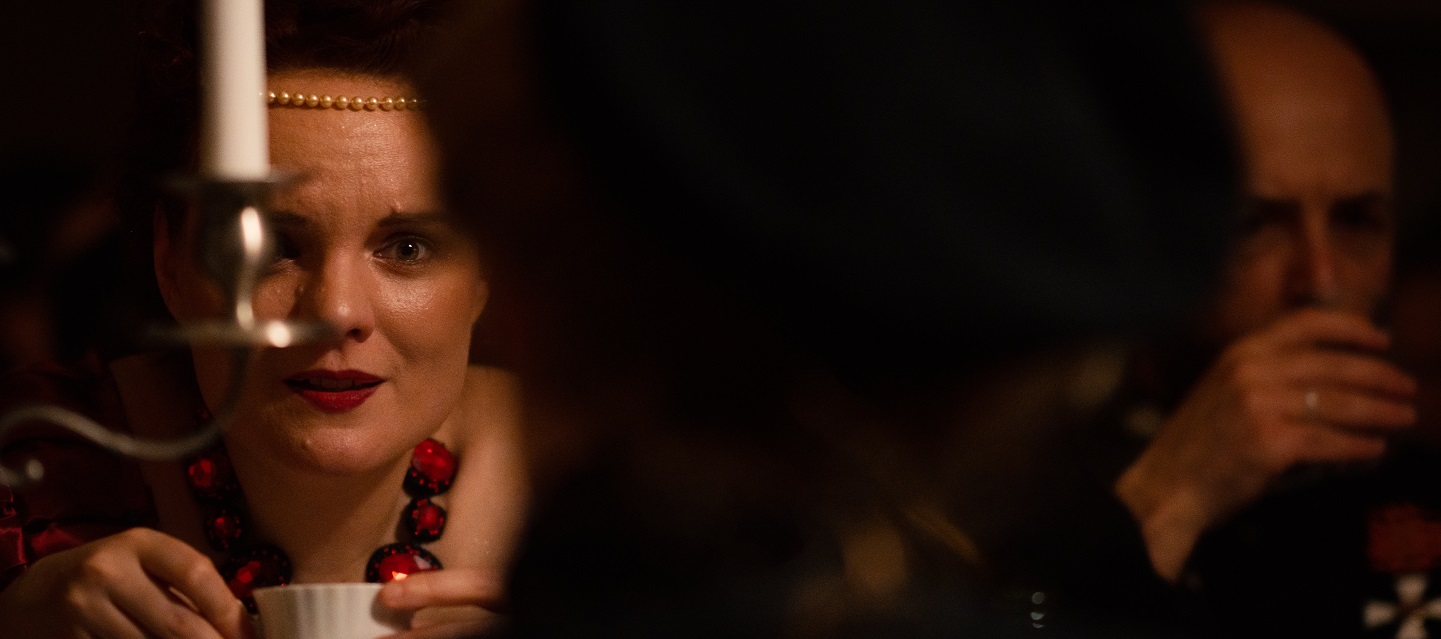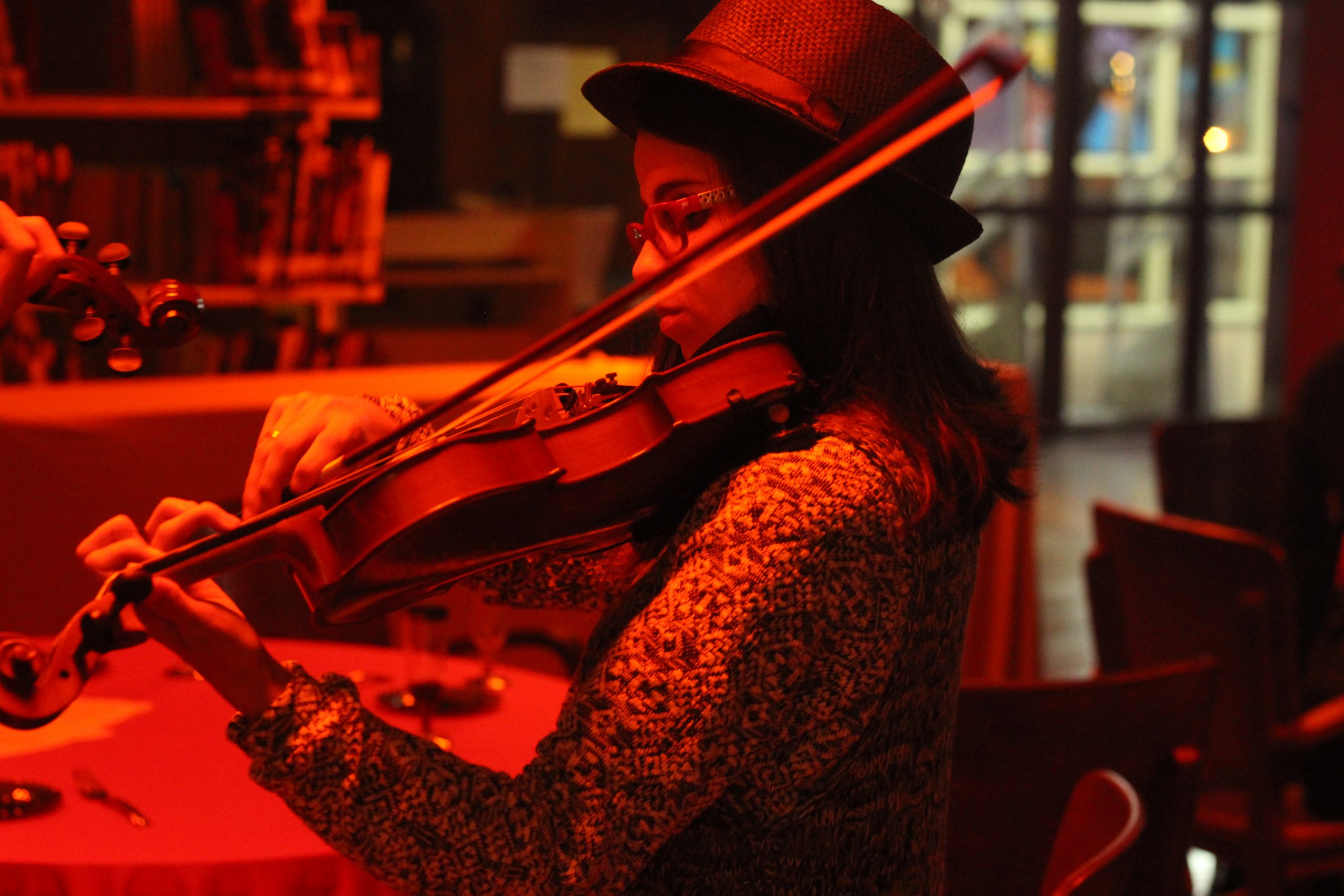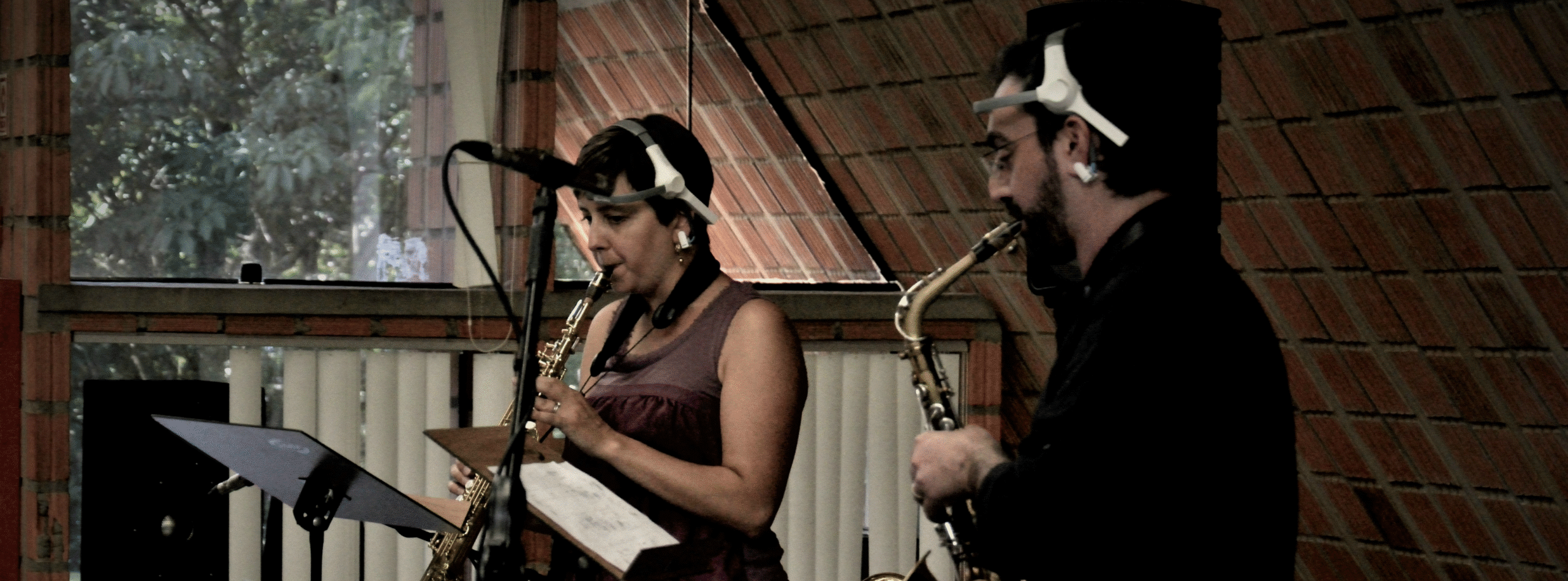Tag: Music
-

Participatory Ritual Vocalization
in
How to use vocalization to create a sense of shared ritual in larps?
-

The Use of Music as a Magical Element for the Larp Experience
The experiences and thoughts of the Brazilian group Confraria des Ideias on the use of music as an element in larp design.
-

Three Roads (of Translation) Not Taken: Different Degrees of Openness of the Work (and of the Game)
in
Abstract From the Julio Plaza’s proposition that, based on the concept of open work of Umberto Eco, categorises the relationship author-work-reception in three degrees, and the division in cultural events in reception, interaction and participation, seen in the research of Kristoffer Haggren, Elge Larsson, Leo Nordwall and Gabriel Widing, this study plans to compare three